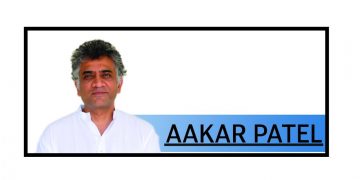By Sagar
Post News Network

suggesting the tunnel was used by the Kharavela army for self-defence,
and that it was part of a network which might stretch to as far away as the Dhauli hills
Bhubaneswar, Jan 19: A cul-de-sac tunnel discovered near Khandagiri caves last week during construction activity has left historians and archaeologists divided in their opinion over its origin.
The six-feet-deep tunnel, with a pathway, has become a place of interest for curious visitors who are making a beeline to the place.
Geologists and historians are sticking to their guns that the tunnel was manmade, but they are being contested by officials of the Archaeology Survey of India (ASI), who are dismissing the ‘manmade’ claims as mere fantasy and a romance with the past.
“The ‘tunnel’ is nothing but a natural formation made through years of water percolation into the stones. Over the years, the rainwater seeped into the rocks and led to the formation of a cave or a tunnel-like structure,” said Bhuvan Vikrama, superintending archaeologist of ASI, Orissa.
The team said the structure is around six feet deep, allowing one to stand inside. “There is also a peephole inside. But there is no sign of human habitation or activity in the cave,” Vikrama said.
However, the ASI’s version finds few takers. Several experts have called the ASI’s views irresponsible and premature, and have called for further excavations to arrive at a proper conclusion.
“I’ve got to make only two points,” began Amiya Pattnaik, former vice-chancellor of Utkal University of Culture (UUC). “Firstly, the architectural structure of the cave is similar to that of the Khandagiri caves. Secondly, the excavation site is very near to Khandagiri,” Pattnaik said, hinting that the tunnel might be manmade.
Pattnaik is among the few renowned historians to support the view that the tunnel might have been used by King Kharavela to hide arms and ammunition. “I stand by my statement. The ASI team should have at least preserved the area; the front portion has already been broken,” Pattnaik said.
Nachiketa Das, a geologist and dean of School of Earth Science, Ravenshaw University, told Orissa Post the tunnel seemed more like a manmade one.
“It’s highly unlikely that the tunnel was not manmade but a natural formation. The geological pattern of the region, made of Khondalite stone, doesn’t suggest the formation of a natural cave of that length and depth,” Nachiketa asserted.
The son of renowned archaeologist late Rajendra Das, Nachiketa recalled the stories his father told him of Khandagiri. “I remember my father telling me how Khandagiri region had big complexes and used to be densely populated. It’s possible that the tunnel might have been used by people back then for some military purpose even though the inner structure doesn’t have any signs of habitation as suggested by the ASI,” Nachiketa said.
Since the discovery of the tunnel, several theories have been floating around suggesting that the tunnel was used by the Kharavela army for self-protection, and that it was part of a network which might stretch to as far away as the Dhauli hills. Another theory says the tunnel might be part of several such military tactics adopted by the Kharavela empire and that such tunnels could be spread over Khandagiri, Udayagiri and Dhauli hills.
However, Vikrama says the tunnel has generated so many theories from historians and geologists only due to its proximity with the Khandagiri caves.






































